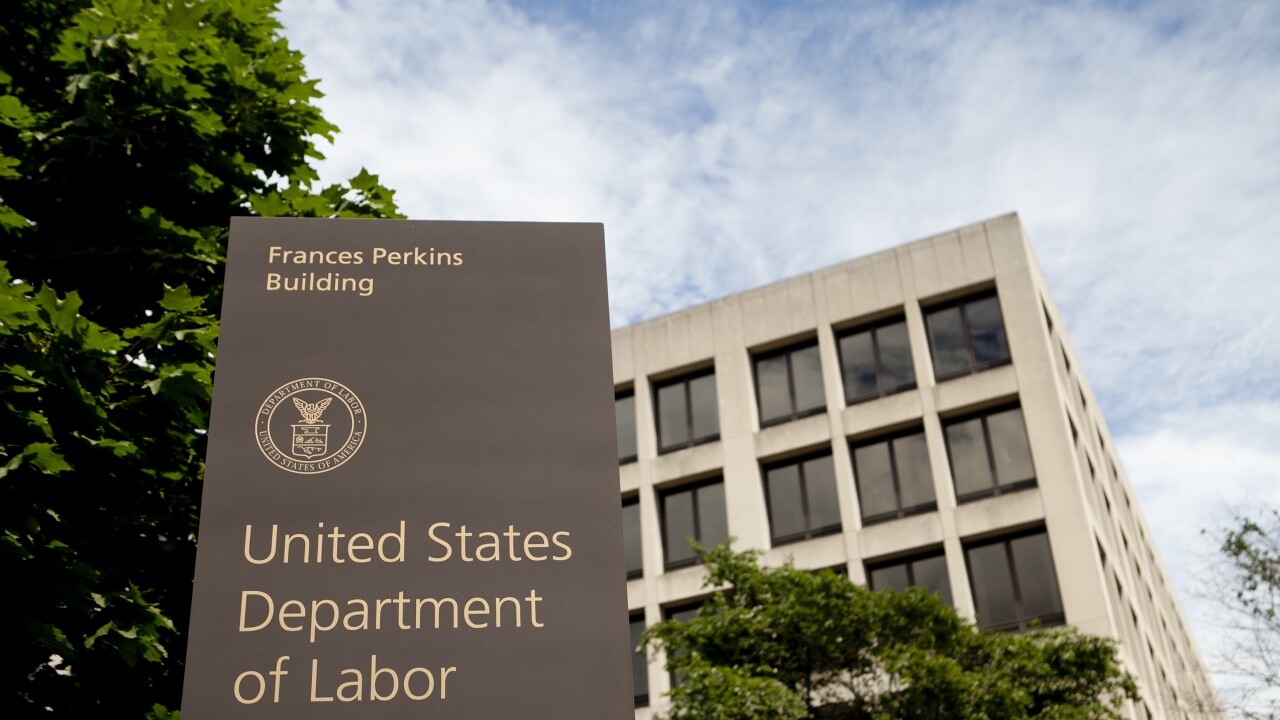The Internal Revenue Service is planning to improve the technology used by its Taxpayer Advocate Service to better handle the many requests it receives from taxpayers seeking help with their IRS problems, but the project has been put on hold due to budget cuts.
A
Successful development and implementation of the planned Taxpayer Advocate Service Information System, or TASIS, would enable the National Taxpayer Advocate and its estimated 1,000 case advocates to better address taxpayers’ needs on a wide range of requests for assistance.
The initial functionality for the TASIS includes improved capabilities for managing and documenting case advocacy activities that support taxpayer requests for TAS assistance. However, after persistent delays and concerns with the initial TASIS Project, the IRS began redirecting the development effort in January.
The agency initiated a process known as a Customer Technical Review to help validate whether the current approach could provide the necessary functionality as designed in order to meet a deployment milestone originally scheduled for December. The development activities for the TASIS Project are currently on hold, though, as the IRS struggles with budget cuts and funding issues, while unforeseen problems with the new system are being evaluated.
In the meantime, TIGTA identified a number of areas that need improvement in the system, including how the IRS is managing the requirements and risk management controls for developing the new technology. The report found that critical roles and responsibilities were not established or clearly communicated, and the system requirements have not yet been sufficiently verified.
TIGTA made five recommendations to the IRS’s Chief Technology Officer and the National Taxpayer Advocate. In response to the report, the IRS agreed with four of TIGTA’s recommendations and plans to implement corrective actions. The IRS disagreed with one of TIGTA’s recommendations, that it verify that the functionality of one of its commercial technology vendors, Entellitrak, is sufficient to meet its requirements and ensure that the TAS’s business needs will be met with the planned system.
However, TIGTA maintains that the IRS needs to consider a more complete set of system requirements for the system’s case management functions to map to Entellitrak as part of its ongoing project management processes.
IRS chief technology officer Terence Milholland and National Taxpayer Advocate Nina Olson said the successful creation and launch of the new system would be of critical importance to the Taxpayer Advocate Service, the IRS operating divisions and the taxpayers they serve. “This integrated case, project and work assignment system will allow seamless movement and access to cases, projects, research and archives; thus, bringing us into the 21st century and the digital age,” they wrote in response to the report. “Although we believe the TASIS project has made significant progress over the past several years, we acknowledge there is room for improvement.”
They pointed out that the sole reason for the current pause in developing the project is the lack of funding. The IRS has contended with a series of steep budget cuts in recent years and is anticipating further budget cuts in fiscal year 2015.
In an email to Accounting Today, the IRS further explained its response to the report. “The successful creation and launch of TASIS is of critical importance to the Taxpayer Advocate Service, the IRS operating divisions and to the taxpayers we serve,” the IRS said in a statement Thursday. “This integrated case, project and work assignment system will allow seamless movement and access to cases, projects, research and archives; thus, bringing us into the 21st century and the digital age. Although we believe the TASIS project has made significant progress over the last several years, we acknowledge there is room for improvement.”





